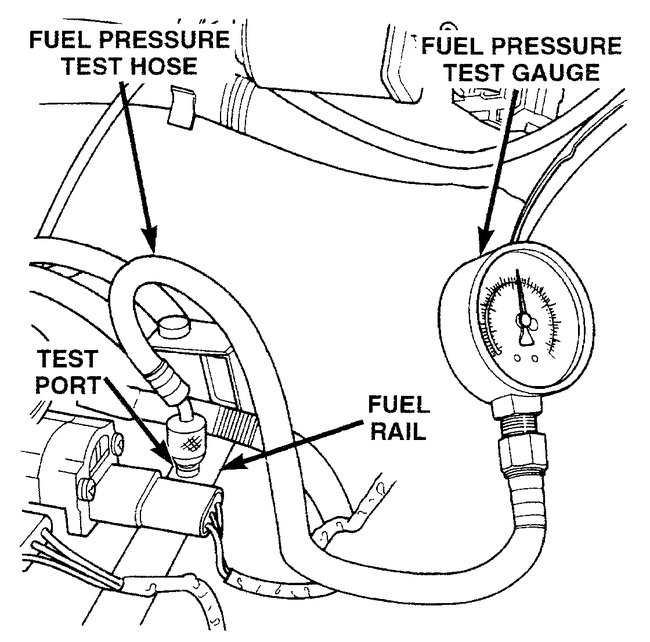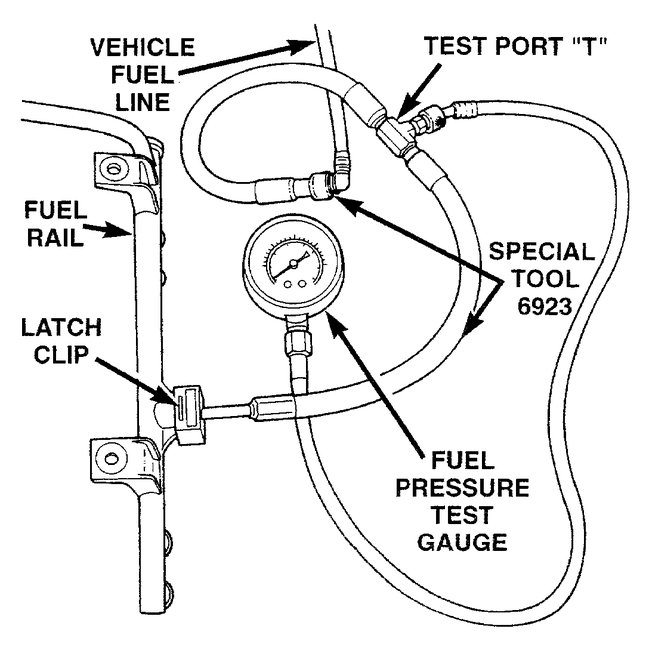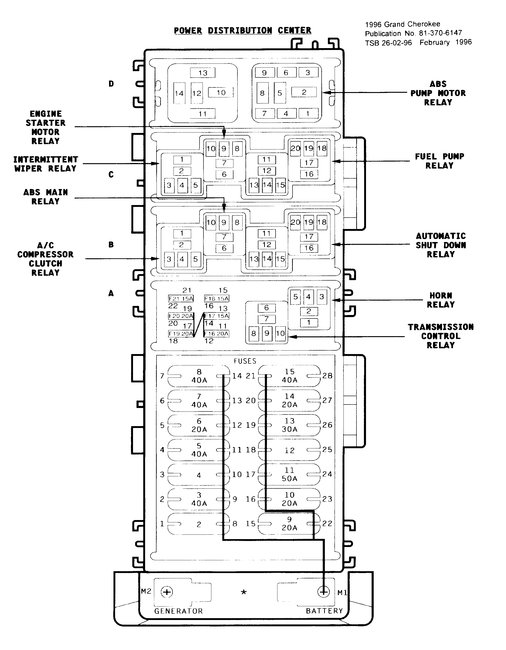Welcome to 2CarPros.
Wow! You've done a lot. However, I don't recommend catching it on fire. LOL I understand why you feel that way.
Okay, you have already replaced the most common issues related to the issue when hot. However, have you confirmed fuel pump pressure? Also, is the check engine light staying on when the engine is running?
Since the engine starts running again when this happens, I really question if it is fuel pressure related. If it was ignition, the check engine should have come on, so I will need to know if that happened.
What I need you to do is check both fuel pressure and the fuel pressure regulator. Here is a link that shows how that is done. If the regulator is going bad, you may be getting too much pressure and basically stalling the engine until you open the throttle plate enough to get enough air to compensate. Take a look through this link. It explains how to test both pressure and the regulator.
https://www.2carpros.com/articles/how-to-check-fuel-system-pressure-and-regulator
Here are the directions specific to your vehicle for testing pressure. The manufacturer's specs are included in the directions. Also, the attached pictures correlate with these directions.
____________________
FUEL PUMP PRESSURE TEST - 5.2L ENGINES WITH PRESSURE TEST PORT
NOTE: The fuel pressure test port is used on certain engines only. On 5.2L engines, and when equipped, the test port will be located on the fuel rail near the throttle position sensor. A sealing cap is screwed onto the test port.
All fuel systems are equipped with a fuel tank module mounted, fuel pressure regulator. The fuel pressure regulator is not controlled by engine vacuum.
With engine at idle speed, system fuel pressure should be 338 kPa ± 14 kPa (49 psi ± 2 psi).
WARNING: DO NOT ALLOW FUEL TO SPILL ONTO THE ENGINE INTAKE OR EXHAUST MANIFOLDS. PLACE SHOP TOWELS UNDER AND AROUND THE PRESSURE PORT TO ABSORB FUEL.
WARNING: WEAR PROPER EYE PROTECTION WHEN TESTING FUEL SYSTEM PRESSURE.
Fuel Pressure Test Port - 5.2L
pic 1
1. Remove the protective cap at the fuel rail test port. Connect the 0-414 kPa (0-60 psi) fuel pressure gauge (from gauge set 5069) to the test port pressure fitting on the fuel rail.
2. Start the engine and note pressure gauge reading. Fuel pressure should be 338 kPa ± 14 kPa (49 psi ± 2 psi) at idle.
3. If pressure is at 0 psi, connect Chrysler Diagnostic Readout Box (DRB) scan tool and refer to operating instructions.
5. If operating pressure is above 51 psi, fuel pump is OK but fuel pressure regulator is defective.
FUEL PUMP PRESSURE TEST - 5.2L ENGINES WITHOUT PRESSURE TEST PORT
NOTE: The fuel pressure test port is used on certain 5.2L engines only. If equipped, the test port will be located on the fuel rail near the throttle position sensor. If not equipped, refer to the following procedure.
All fuel systems are equipped with a fuel tank module mounted, fuel pressure regulator. The fuel pressure regulator is not controlled by engine vacuum.
With engine at idle speed, system fuel pressure should be 338 kPa ± 14 kPa (49 psi ± 2 psi).
WARNING: THE FUEL SYSTEM IS UNDER CONSTANT FUEL PRESSURE EVEN WITH THE ENGINE OFF. BEFORE DISCONNECTING FUEL LINE AT FUEL RAIL, THIS PRESSURE MUST BE RELEASED.
1. Release fuel pressure.
2. Disconnect latch clip and fuel line at fuel rail.
Adapter Tool And [Pressure Gauge
pic 2
3. Connect adapter tool number 6923 into the fuel rail. Be sure adapter tool is fully seated into fuel rail.
4. Install latch clip to fuel rail. If latch clip can not be fully seated into fuel rail, check for adapter tool not fully seated to fuel rail.
5. Connect vehicle fuel line into adapter tool 6923. Be sure fuel line is fully seated into adapter tool 6923.
6. Remove protective cap at test port "T" on adapter tool number 6923.
7. Connect the 0-414 kPa (0-60 psi) fuel pressure gauge (from gauge set 5069) to the test port "T".
8. Start engine and note pressure gauge reading. Fuel pressure should be 338 kPa ± 14 kPa (49 psi ± 2 psi) at idle.
9. If pressure is at 0 psi, connect Chrysler Diagnostic Readout Box (DRB) scan tool.
10.If operating pressure is above 51 psi, fuel pump is OK, but fuel pressure regulator is defective.
11.After performing pressure test, install fuel line into fuel rail. Install latch clip into fuel rail.
______________________________
Additionally, I want you to check the fuel pump relay. Remove it and check for corrosion or poor contact. You can simply switch it with another relay in the box that has the same part number to see if that chances things, or you can test the relay. Here is a link explaining how to test a relay,
https://www.2carpros.com/articles/how-to-check-an-electrical-relay-and-wiring-control-circuit
The fuel pump relay is located in the under hood power distribution box. See picture 3 for location. It may be losing contact or going bad and being affected by heat, so the best thing to do is change it with a different one. If only tested, it may show good but fail after it is used.
Last, I noted that even though you have already done a lot of work, you posted little knowledge. Therefore, I am going to provide some general information links that you may find helpful for testing electrical components.
________________________________
https://www.2carpros.com/articles/how-to-use-a-test-light-circuit-tester
https://www.2carpros.com/articles/how-to-use-a-voltmeter
https://www.2carpros.com/articles/how-to-check-wiring
______________________________
Let me know if this helps or if you have other questions.
Take care and Happy Easter,
Joe
Images (Click to make bigger)
Saturday, April 20th, 2019 AT 7:35 PM







